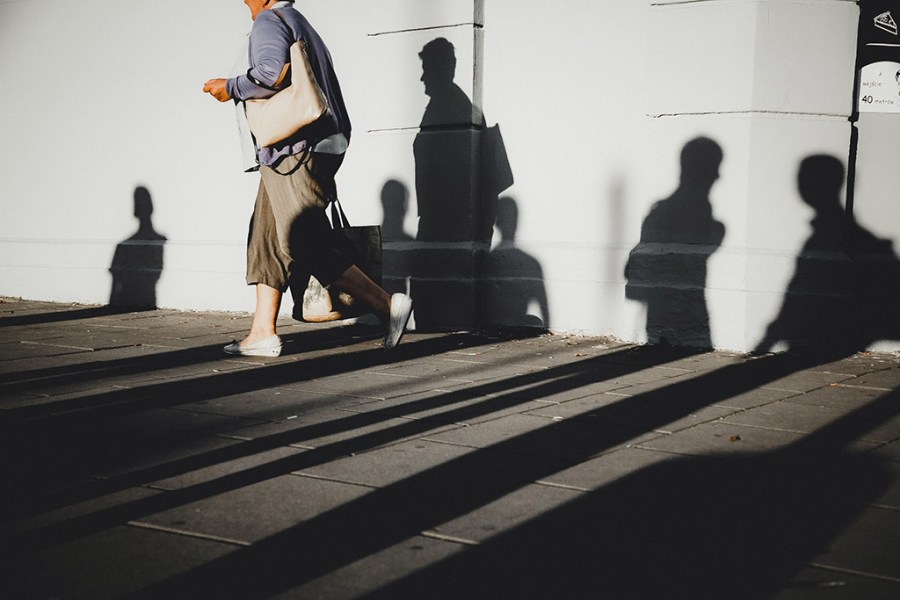3 Easy Facts About Street Photographers Shown
3 Easy Facts About Street Photographers Shown
Blog Article
How Street Photographers can Save You Time, Stress, and Money.
Table of ContentsNot known Factual Statements About Street Photographers Our Street Photographers StatementsLittle Known Facts About Street Photographers.Indicators on Street Photographers You Should KnowUnknown Facts About Street Photographers
Road photographers do not always have a social purpose in mind, but they choose to separate and catch moments which could otherwise go unnoticed.Though he was influenced by a lot of those that affected the road professional photographers of the 1950s and '60s, he was not chiefly curious about recording the spirit of the road. The impulse to aesthetically record people in public started with 19th-century painters such as Edgar Degas, douard Manet, and Henri de Toulouse-Lautrec, that worked side by side with professional photographers attempting to capture the significance of city life.
Due to the fact that of the relatively primitive technology readily available to him and the long exposure time needed, he battled to capture the stress of the Paris streets. He explore a series of photo approaches, trying to locate one that would allow him to capture movement without a blur, and he found some success with the calotype, patented in 1841 by William Henry Fox Talbot. As opposed to Atget, digital photographer Charles Marville was employed by the city of Paris to produce an encyclopaedic record of Haussmann's urban planning task as it unravelled, hence old and new Paris. While the digital photographers' subject was essentially the very same, the outcomes were significantly different, demonstrating the influence of the professional photographer's bent on the personality of the pictures he generated.
Fascination About Street Photographers
Given the fine top quality of his photographs and the breadth of material, designers and musicians frequently got Atget's prints to make use of as reference for their own job, though business passions were hardly his main motivation. Instead, he was driven to photo every last residue of the Paris he liked.

Unlike his peers, Brassa utilized a larger-format Voigtlnder camera with a longer direct exposure time, forcing him to be extra computed and thoughtful in his method than he could have been if utilizing a Leica. (It is assumed that he may not have official statement actually had the ability to pay for a Leica back then, but he did, nevertheless, use one in the late 1950s to take colour photos.) Brassa's pictures of the Paris underworld lit up by fabricated light were a revelation, and the collection of the collection that he released, (1933 ), was a major success.

About Street Photographers
It is due to this fundamental understanding of the art of picture taking that he is frequently attributed with rediscovering the medium around once more about a century because its development. He took pictures for greater than a half century and influenced generations of digital photographers to trust their eye and intuition in the moment.
These are the concerns I shall try to respond to: And afterwards I'll leave you with my very own interpretation of road digital photography. Yes, we do. Allow's start with specifying what an interpretation is: According Resources to it is: "The act of defining, or of making something precise, distinctive, or clear".
No, definitely not. The term is both restricting and misguiding. Appears like a road digital photography need to be images of a roads ideal?! And all road digital photographers, besides a handful of absolute novices, will fully appreciate that a road is not the essential element to street photography, and actually if it's a photo of a road with possibly a few dull people not doing anything of interest, that's not road digital photography that's a picture of a street.
Getting My Street Photographers To Work
He makes a valid factor don't you assume? Nevertheless, while I concur with him I'm not exactly sure "honest public digital photography" will capture on (although I do kind of like the term "honest photography") due to the fact that "road digital photography" has been around for a long period of time, with numerous masters' names connected to it, so I believe the term is here to stay.
You can fire at the beach, at an event, in an alley, in a park, in a piazza, in a coffee shop, at a museum or art gallery, in a metro terminal, at an event, on a bridge, under a bridge ...
Everything about Street Photographers
Yes, I'm afraid we worried no choice! Without guidelines we can learn the facts here now not have an interpretation, and without a definition we don't have a category, and without a style we do not have anything to define what we do, and so we are stuck in a "guidelines interpretation genre" loop! - Street Photographers

Report this page